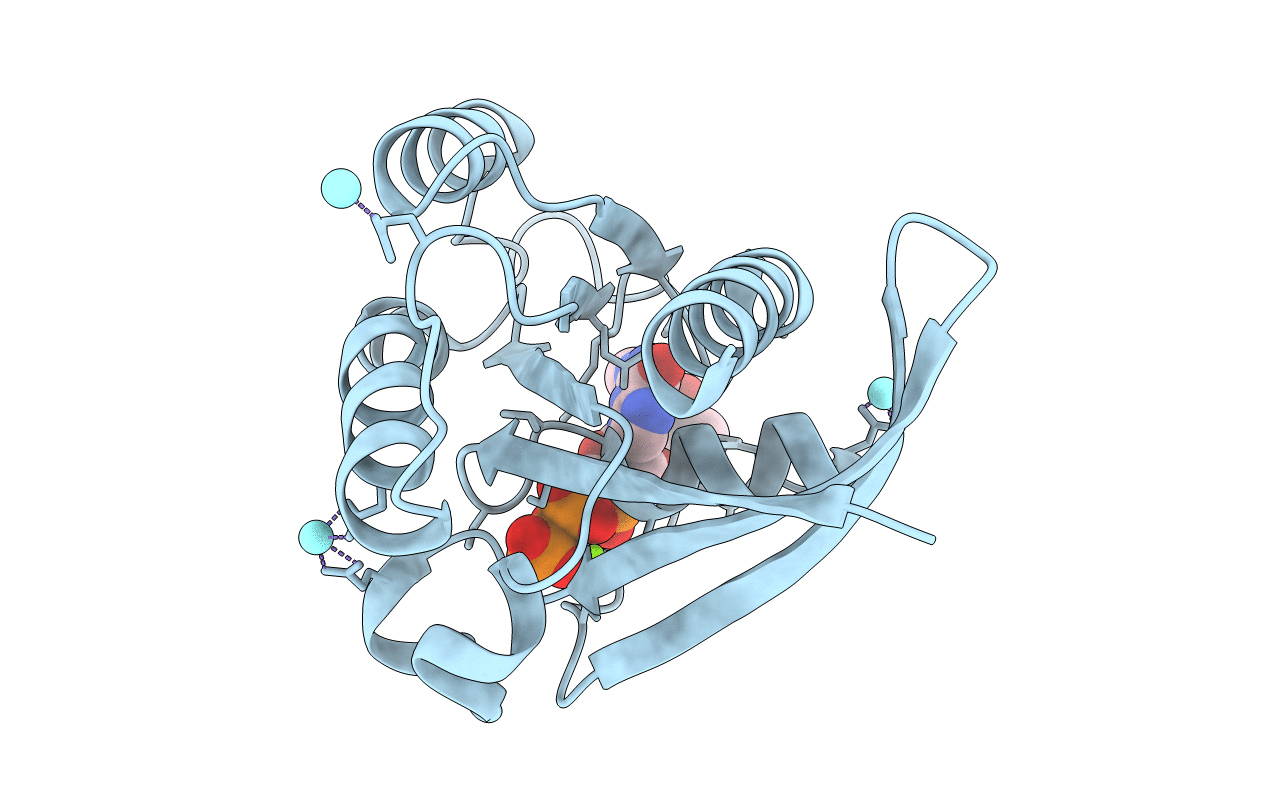
Deposition Date
2014-05-06
Release Date
2014-05-28
Last Version Date
2024-10-16
Entry Detail
PDB ID:
4PHG
Keywords:
Title:
Crystal structure of Ypt7 covalently modified with GTP
Biological Source:
Source Organism:
Saccharomyces cerevisiae (Taxon ID: 559292)
Host Organism:
Method Details:
Experimental Method:
Resolution:
1.90 Å
R-Value Free:
0.23
R-Value Work:
0.17
R-Value Observed:
0.17
Space Group:
P 1 21 1


